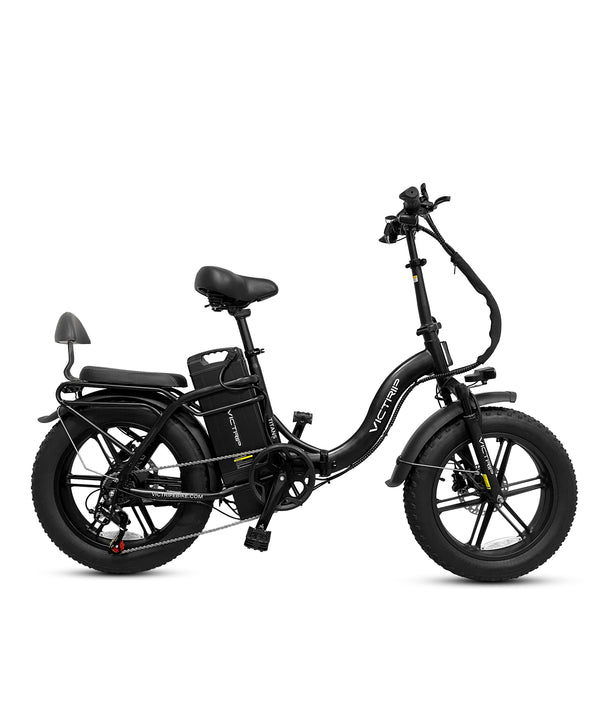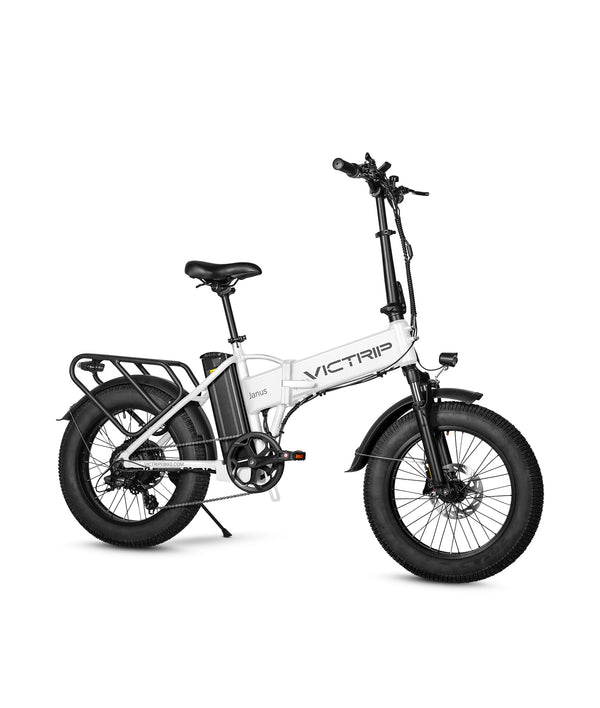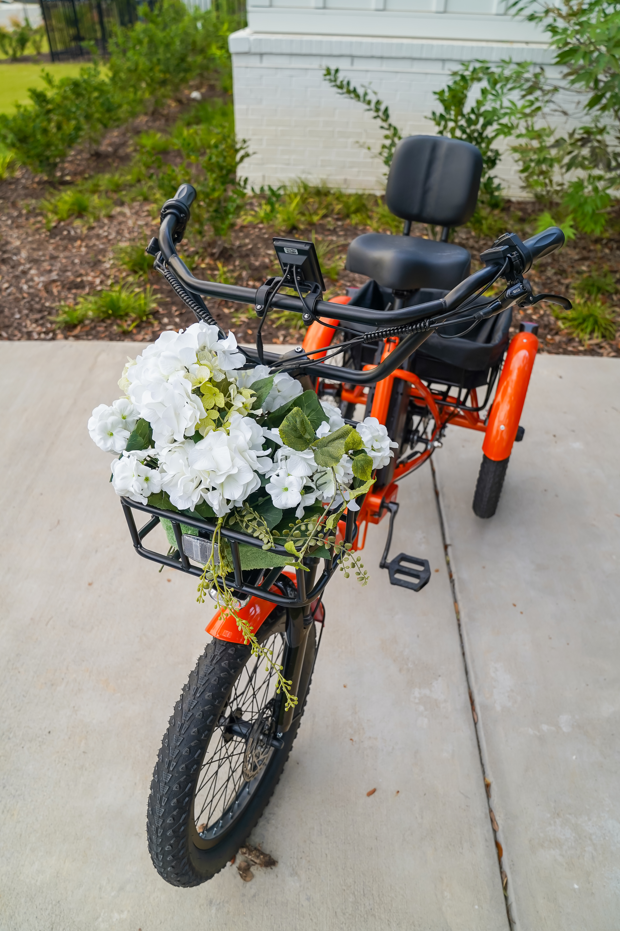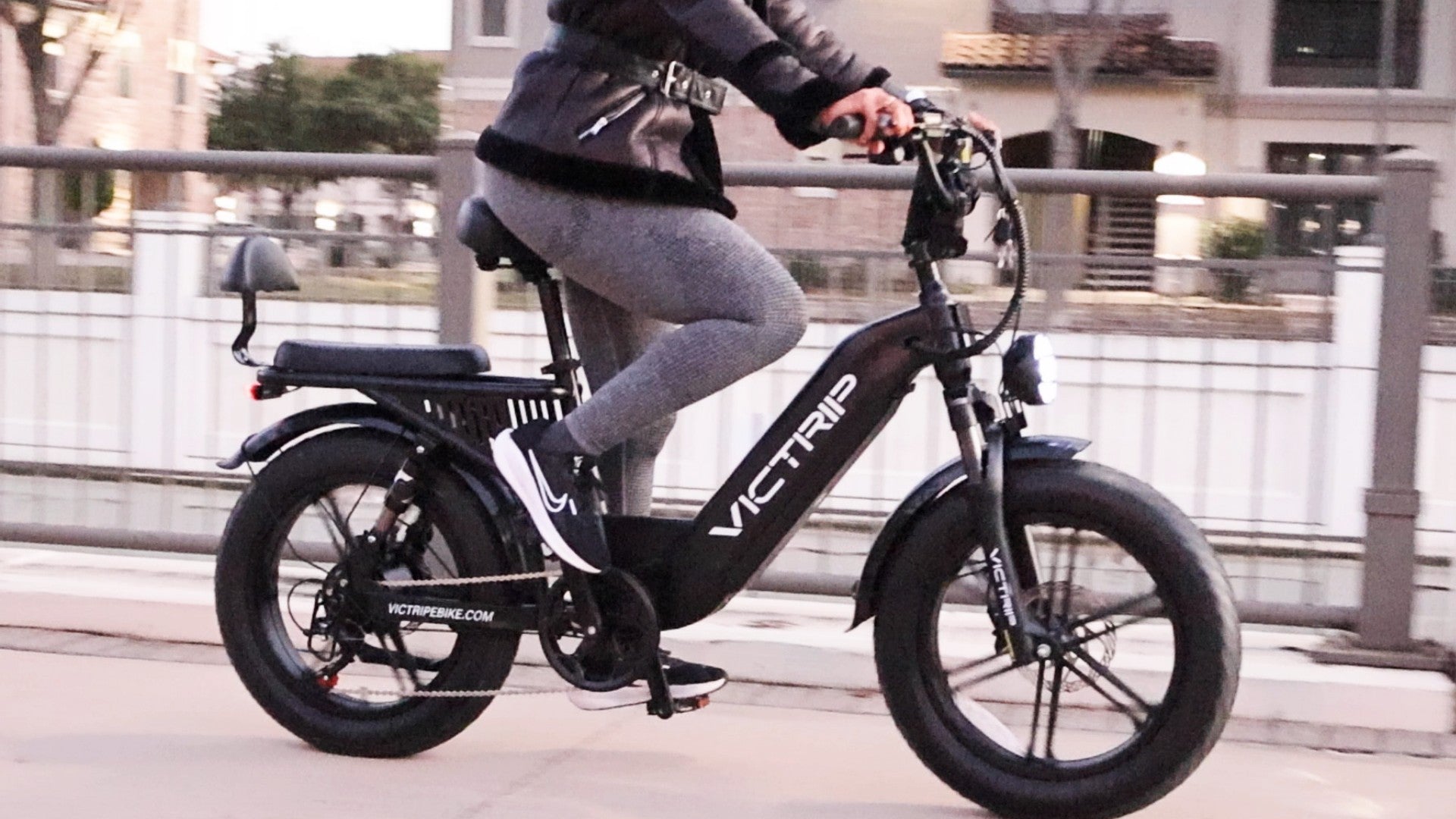
Electric bikes (e-bikes) have revolutionized commuting and adventure riding by blending human power with electric assistance. One critical component that determines their performance, range, and usability is the battery system—and the debate between dual battery vs. single battery e-bikes is heating up. Whether you're a daily commuter, a mountain trail explorer, or a weekend cruiser, understanding the pros and cons of each setup is essential.
What Is a Single Battery E-Bike?
A single battery e-bike includes one integrated or removable battery, typically ranging from 250Wh to 750Wh. It powers the motor and often the lights or display system.
✅ Advantages of Single Battery E-Bikes
-
Lightweight and nimble: Perfect for urban commutes.
-
Lower upfront cost: Less expensive than dual-battery models.
-
Simplified maintenance: Fewer parts to manage.
-
Faster charging time: Less capacity means quicker full charge.
❌ Limitations of Single Battery E-Bikes
-
Limited range: Usually maxes out between 25–60 miles per charge.
-
Higher battery stress: Regular deep discharges reduce long-term life.
-
Not ideal for touring: Longer trips may require charging stops.
What Is a Dual Battery E-Bike?
Dual battery e-bikes feature two batteries working in tandem—either simultaneously or in a staggered manner—to power the motor over long distances.
✅ Benefits of Dual Battery Systems
-
Extended range: Can double your mileage (up to 120+ miles).
-
Improved power delivery: Efficient load sharing reduces stress.
-
Tour-ready: Ideal for off-road adventures or long-distance cycling.
-
Enhanced performance: Suitable for high-power motors like 750W+.
❌ Drawbacks of Dual Battery Setups
-
Increased weight: Makes transport and handling more difficult.
-
Higher cost: Typically $500–$1,000+ more than single-battery models.
-
Longer charge time: More capacity = longer refill time.
-
Complexity: Slightly steeper learning curve for battery management.
7 Key Comparisons: Dual vs. Single Battery E-Bikes
1. Range & Mileage
| Feature | Single Battery | Dual Battery |
|---|---|---|
| Typical Range | 25–60 miles | 80–120+ miles |
| Best Use | Daily commuting | Touring & off-road |
| Battery Swap Option | Yes | Yes (second built-in) |
Dual battery e-bikes excel for range. If your rides go beyond 30 miles regularly, dual is the smarter choice.
2. Weight & Portability
-
Single battery bikes weigh 40–55 lbs.
-
Dual battery setups can reach 65–85 lbs.
Heavier bikes mean reduced portability, especially when storing, carrying up stairs, or placing on bike racks.
3. Cost & Affordability
A decent single-battery folding e-bike costs $900–$2,000, while dual battery e-bikes start around $2,000 and can exceed $5,000.
You’re not just paying for range—upgrades often include:
-
Stronger motors
-
Better suspension
-
Smarter displays
-
Integrated safety features
4. Charging Convenience
Single battery bikes are:
-
Faster to charge: ~3–5 hours
-
Simpler to replace or carry indoors
Dual battery e-bikes may require:
-
Dual charging ports
-
Longer time: 6–10 hours total
-
Smart management systems to alternate use and balance charge levels
5. Power Management & Performance
Dual battery systems can provide more consistent power output, especially helpful for:
-
Climbing hills
-
Carrying cargo
-
Off-road riding
Single batteries may underperform on steep inclines or heavy loads, depending on wattage and battery health.
6. Maintenance & Longevity
| Factor | Single Battery | Dual Battery |
|---|---|---|
| Battery Wear | Higher (one pack) | Split between packs |
| Replacement Cost | Lower | Higher (2 units) |
| Risk of Failure | Higher if one fails | Redundancy built-in |
Dual systems often include failover protection, allowing continued operation even if one pack malfunctions.
7. Use Cases & Rider Preferences
| Rider Type | Recommended Battery |
|---|---|
| Urban Commuter | Single |
| Long-Distance Cyclist | Dual |
| Delivery Rider | Dual |
| College Student | Single |
| RV Travelers | Dual |
Choose based on how far you ride, your terrain, and daily convenience.
Ideal Riders for Single Battery E-Bikes
-
Urban cyclists with short commutes
-
Budget-conscious riders
-
Beginners or casual users
-
Those needing lightweight, compact options
If you're looking for a reliable and well-designed single-battery model, the VICTRIP TITAN S is a strong contender. This single-battery electric bike is lightweight, stylish, and optimized for city commuting. It’s perfect for riders who value simplicity, maneuverability, and an efficient power-to-weight ratio—making it ideal for daily use in urban environments.
TOP PICK

VICTRIP®TITAN S Foldable Ebike
Who Should Choose Dual Battery E-Bikes?
-
Tourers, campers, and adventurers
-
Mountain or trail riders
-
Commuters with longer or hilly routes
-
Riders carrying extra weight or cargo
-
Delivery professionals needing reliability
One standout option in this category is the VICTRIP Janus2.0, a top-tier dual battery e-bike designed for performance, endurance, and versatility. With its extended range and durable build, the VICTRIP Janus2.0 is ideal for riders who demand more power and reliability on every ride—whether tackling steep hills, long-distance routes, or daily delivery shifts.
TOP PICK

VVICTRIP®Janus2.0 & Janus ES2.0 Foldable Ebike
Environmental Considerations
Although dual battery e-bikes consume more material, their extended lifespan per battery and reduced recharge frequency can offset this over time. Look for:
-
Recyclable battery components
-
Brands with battery recycling programs
-
Long-lasting lithium-ion cells (LG, Samsung)
Tips for Maximizing Battery Efficiency
-
Keep tire pressure optimal.
-
Avoid frequent full discharges.
-
Charge in moderate temperatures.
-
Use eco or low-assist modes.
-
Avoid carrying unnecessary load.
-
Maintain regular firmware and battery updates.
Real-World Use Cases and Examples
-
Commuter in New York City uses a single battery e-bike for 8-mile daily round trips with no issues.
-
Food delivery rider in Los Angeles swapped to dual battery for all-day shifts, improving reliability.
Conclusion
Ultimately, the decision between dual battery vs. single battery e-bikes depends on your lifestyle, ride distance, and terrain needs. For most urban riders, the VICTRIP TITAN S delivers fantastic value, simplicity, and portability. For adventurers, couriers, or long-distance riders, the VICTRIP Janus2.0 is a performance powerhouse worth every penny.
Whichever you choose, ensure it aligns with your riding habits and future goals. The right battery setup can elevate your e-biking experience from “okay” to “outstanding.”
FAQs
1. Can I upgrade a single battery e-bike to dual battery later?
In most cases, no. E-bikes are designed with specific battery management systems. It’s best to buy a dual battery model from the start.
2. How often should I charge dual battery systems?
Charge when batteries drop below 30–40%. Avoid full discharges to prolong battery life.
3. Do dual battery bikes take longer to charge?
Not necessarily. You can charge both batteries separately or simultaneously using two chargers.
4. Is dual battery overkill for city riding?
For short commutes, yes. But if your city ride involves steep hills or multiple trips per day, dual battery might be justified.
5. Which is more eco-friendly?
Long-term, dual battery bikes may offset more car usage. But single battery bikes use fewer raw materials upfront.




Share:
EBike Maintenance Checklist for Beginners
Best Budget Foldable Electric Bikes Under $1,000